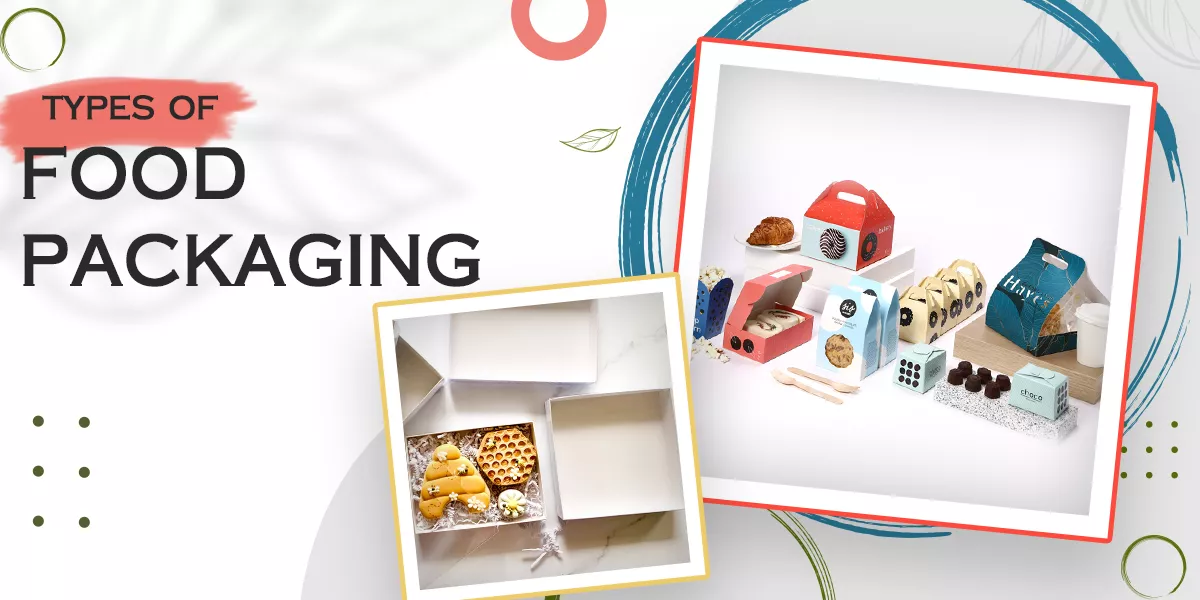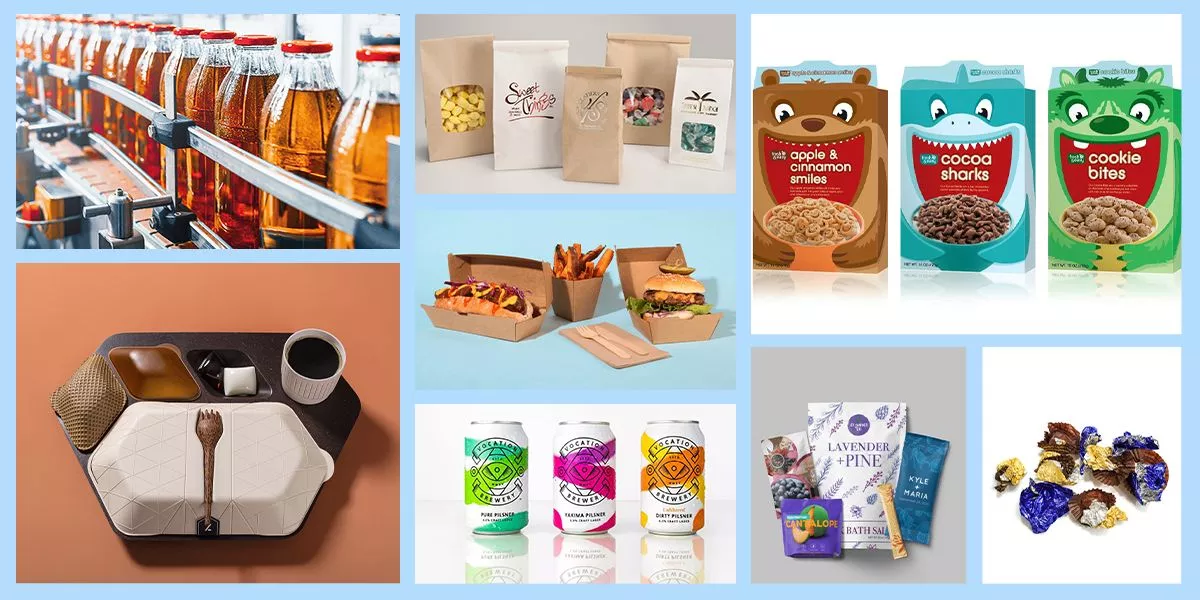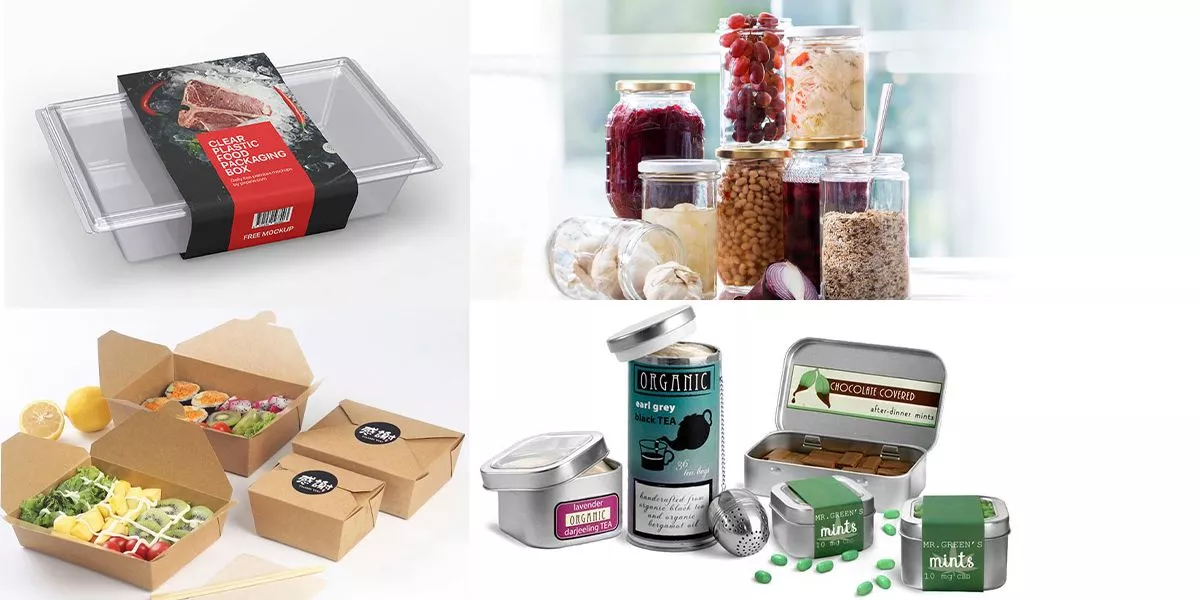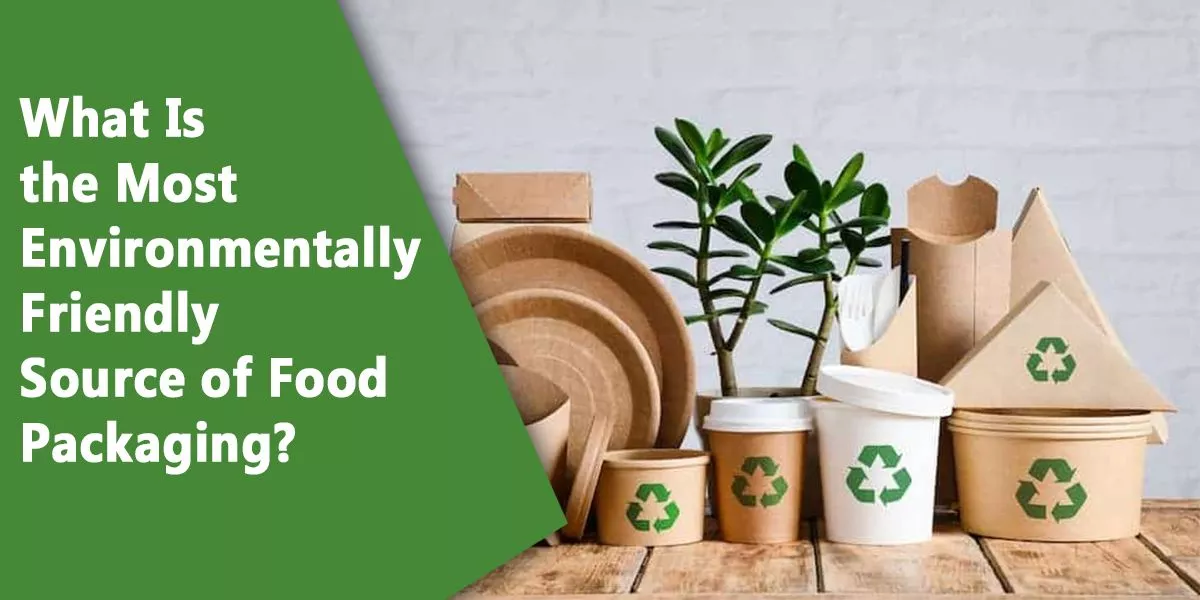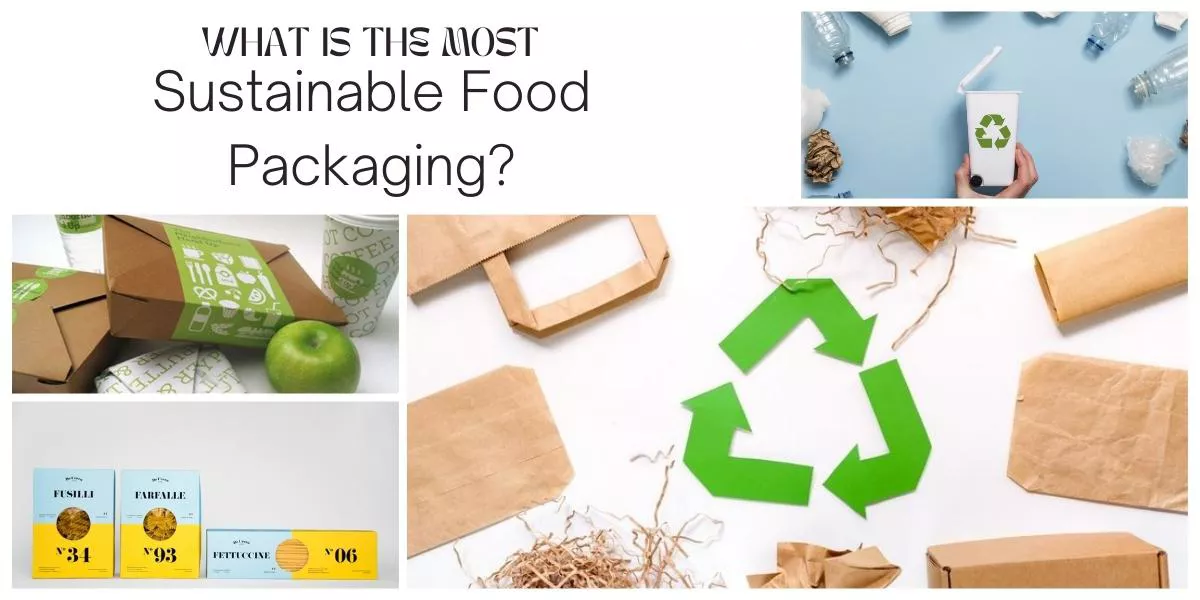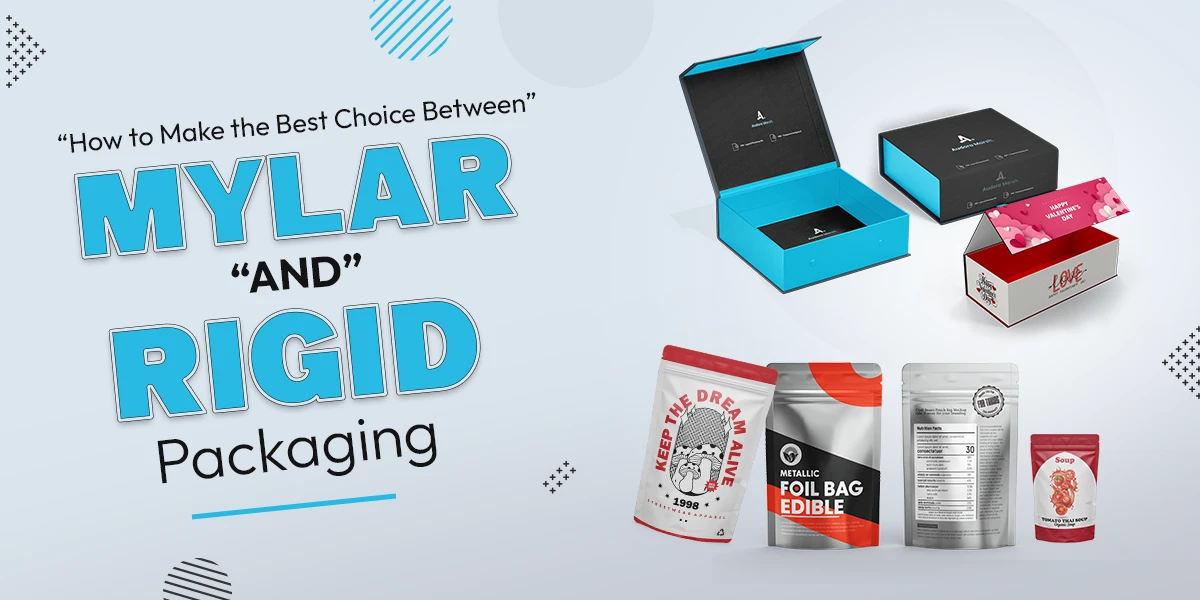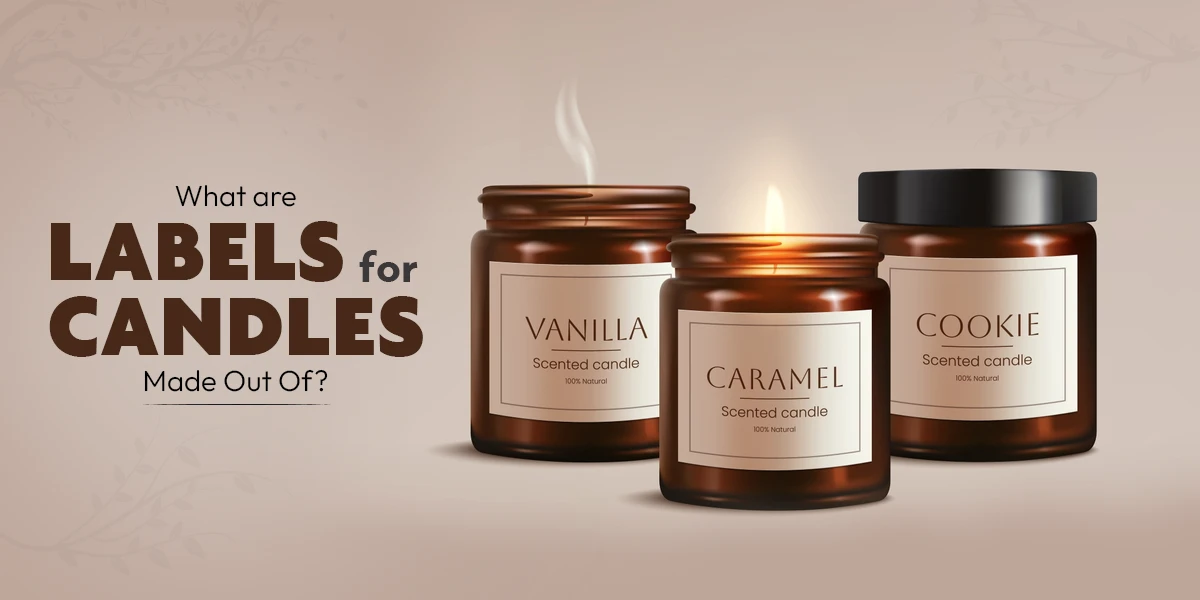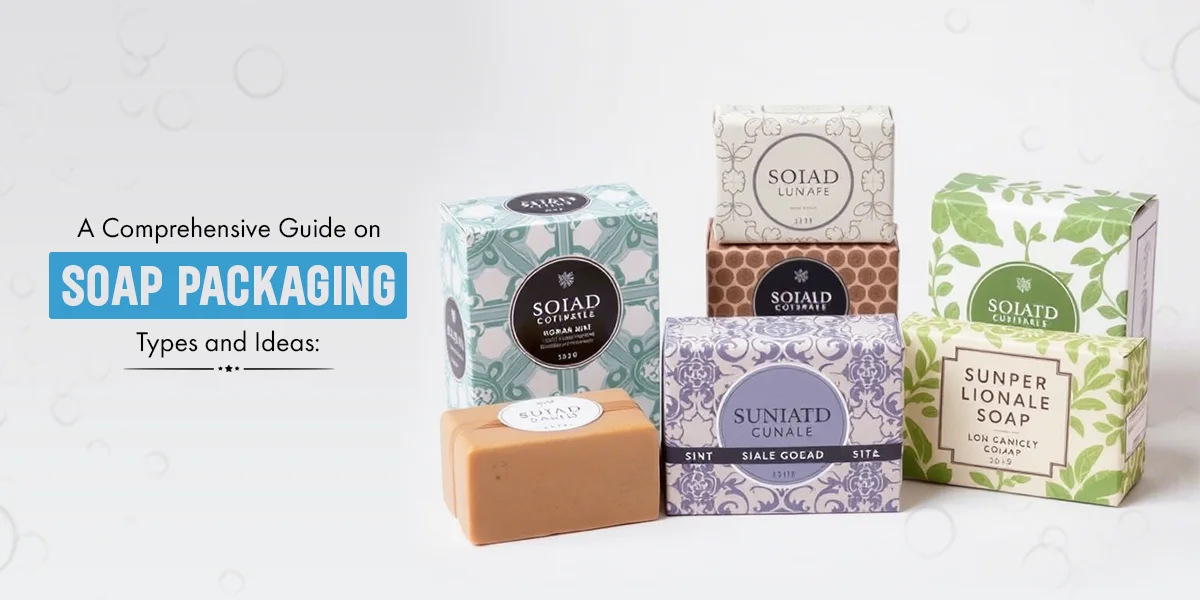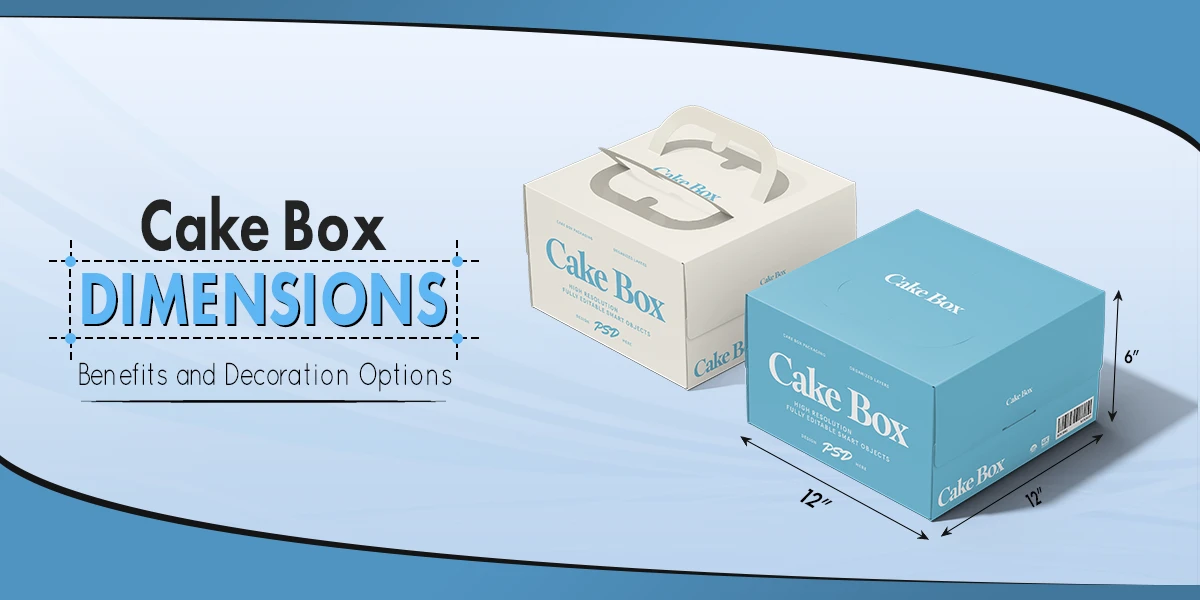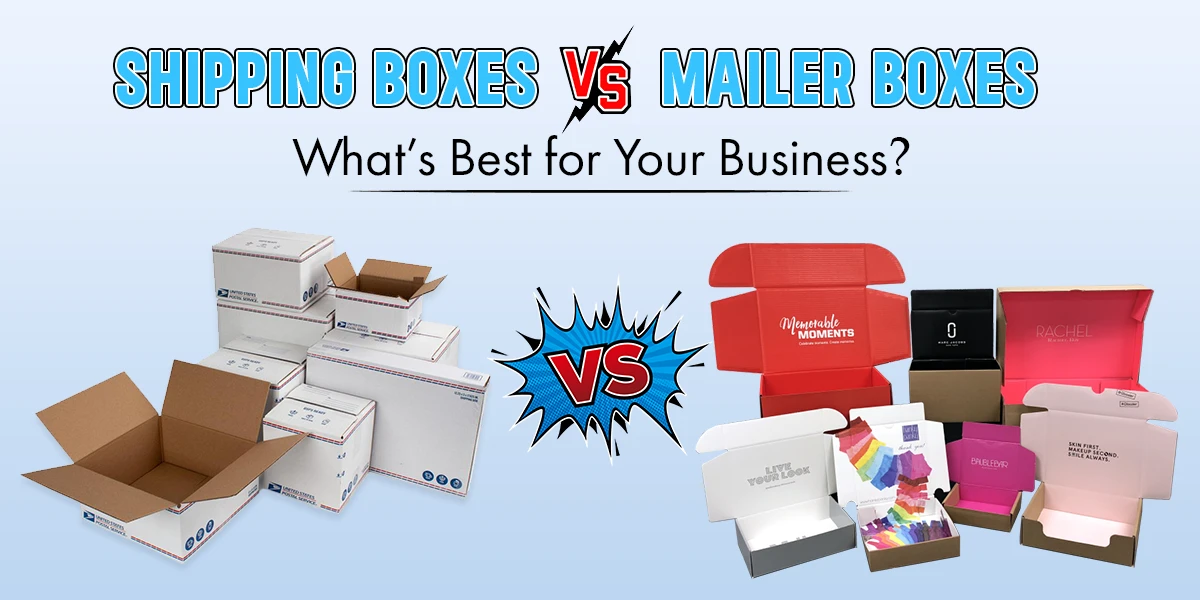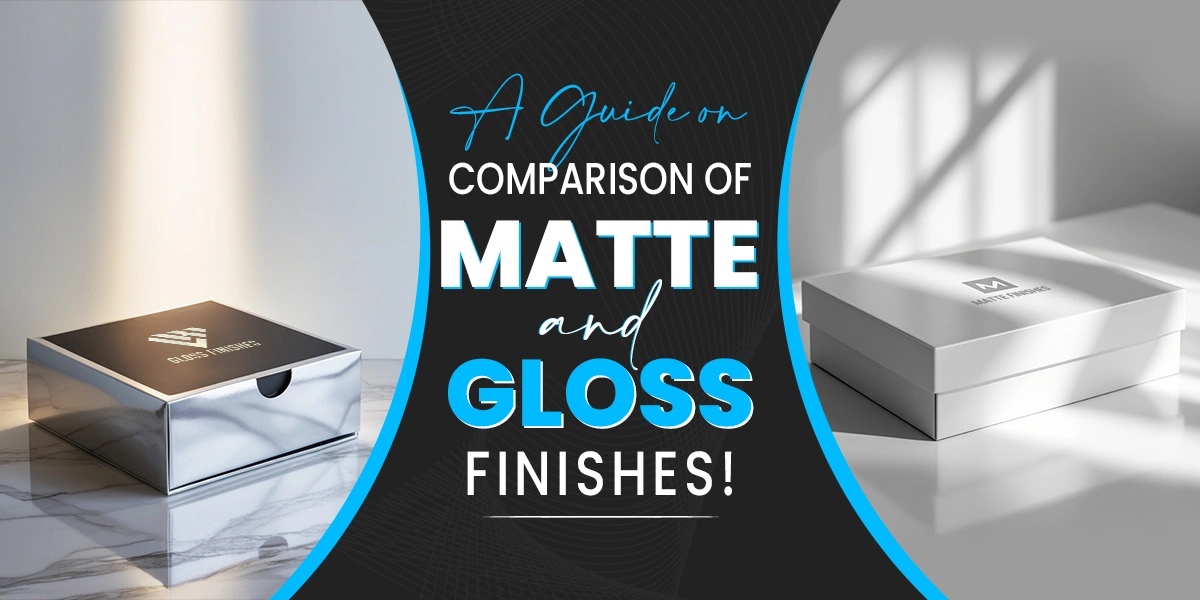Food packaging is super important because it keeps our food fresh, safe, and easy to transport. Additionally, it also helps make products look appealing on store shelves. Lately, people have been focusing on using packaging that is good for the environment. Yes, this packaging is famous as environmentally friendly packaging. Want to know more about it? Well then, let’s dive more into this!
Different Types of Food Packaging
Of course, there are a few different types of food packaging you can choose from.
What are they?
Aseptic Processing
This is actually a method used for preserving and maintaining the sterility of food items. The process uses special packaging made of paper, polyethylene, and aluminum. This option is popular for liquid eggs, milk and milk product drinks, and other foods.
Trays
Trays are flat containers with higher edges to carry meats, plant seeds, and drinks. They come in different materials like paperboard. Additionally, they help keep the food products in place.
Bags
Bags are a common form of food packaging. These create a barrier between the food and the air. Hence, they will keep the food fresh longer.
Boxes
Food Packaging Boxes are perfect for easy transportation of food products. You will find foods like frozen pizzas, cereals, and snack crackers in these options.
Cans
Cans are great for preserving and transporting food. They are usually made of steel or thin metal when you see them in stores.
Cartons
Cartons are similar to boxes, but they have their own distinctions. They are often made of corrugated fiberboard and used for transporting food.
Moreover, you will find different types of cartons. For example, egg cartons that protect the eggs during transportation. Then there are folding cartons for milk, juice, and soup.
Flexible Packaging
Flexible packaging is similar to bags. Additionally, this packaging protects the food from harmful aspects in the environment. Plus, this packaging makes it easier to transport the food from one place to another. Most importantly, it provides a convenient and protective option for certain food items.
Wrappers
Wrappers are ideal for packing individual food items. These wrappers provide a layer of protection between your food items and the environment. Think of candy bars you can find in any store, for example. Yes, you will see them often wrapped to keep them clean, fresh, and tasty.
The List of the Material Used for Food Packaging
Well, it’s interesting how each material for food packaging comes with its unique qualities.
- Plastic
We all know that plastic is lightweight and durable. Well, these features make this option to be more convenient for packaging food items. Plus, this one is great at keeping out moisture, oxygen, and light. On the other hand, we can never ignore the environmental concerns that come with plastic packaging.
- Glass
The cool thing about glass is that it comes with a see-through layout. This way, you can easily see what’s inside. Besides, it doesn’t react with food either, which is a big plus. And the best part is that glass is very recyclable.
- Metal
Another option we should also mention here is metal. Yes, metal is super strong and recyclable. Well, this is why we often see metal cans and containers for beverages and canned foods. Without any doubt, metal is a popular choice among many brands.
- Paper and cardboard
These materials are renewable, biodegradable, and recyclable. Hence, they are perfect for packaging items like dry food products. Additionally, some food companies also use them for takeaway containers.
Of course, it is important to consider sustainability when choosing the right packaging material. For instance, paperboard and cardboard are excellent options for custom takeout boxes because they are eco-friendly and recyclable.
Also Read : What are the colored dots on food packaging?
What Is the Most Environmentally Friendly Source of Food Packaging?
- Plants
Plants are renewable and can break down naturally. Thus, they are good for the environment.
- Bioplastics
These plastics came from renewable sources like corn or algae. Thus, they have a smaller carbon footprint compared to traditional plastics. Yes, this means they are better for the environment.
- Recycled materials
Using packaging from recycled materials is also a great choice. Far better, it helps reduce waste and saves resources.
- Natural fibers
You can also look into packaging from natural fibers like hemp or cotton. These fibers offer sustainable alternatives to traditional materials.
Overall, considering these options can help you choose packaging that is better for our planet.
What Is the Most Sustainable Food Packaging?
All of us are trying to make food packaging more sustainable. This also means that we want something better for the environment.
Thus, we need some sustainable options!
- Biodegradable and compostable packaging
Have you heard about biodegradable and compostable packaging for food items?
If you haven’t known this, this packaging is a great solution to reduce waste. Why?
Because these materials naturally and easily break down over time.
In simple words, these materials can create less waste in the environment in the long run. However, you must note that these materials need special composting facilities. So, if we have those facilities in place, they will be a fantastic option for sustainable food packaging.
- Recycled packaging
As the name suggests, recycled packaging is made from materials that have already been recycled. For example, we can mention materials such as plastic or paper. By using these types of materials, it will be easier for us to reduce waste and save resources.
- Minimalist packaging
Minimalist packaging is all about using less packaging in all aspects from material to design. This effort makes this packaging end up being lightweight designs and smaller sizes. Thus, this option will surely be very eco-friendly.
- Reusable packaging
Reusable packaging has become famous these days. In fact, we can see many food items come in reusable containers. Most importantly, this option is a great way to cut down on waste. In the end, it will help you promote a more sustainable lifestyle.
How to Recycle Food Packaging Properly?
Recycling your food packaging is important because it helps reduce waste. Yet, you need to know the ways to recycle it properly.
So, here are some tips you can try!
Familiarize Yourself with Local Recycling Guidelines
Every area has its own recycling rules. Thus, you need to know which materials are accepted in your community.
Separate Packaging by Material Type
Sort your packaging into different categories, such as plastic, glass, metal, and paper. This will make it easier for recycling centers to process them correctly.
Clean the Packaging
Rinse out any leftover food from your packaging before recycling. Remember, dirty packaging can complicate the recycling process. In this context, a quick rinse can make a big difference.
Flatten or Break Down the Packaging
To save space in your recycling bin, you can flatten cardboard boxes, and crush cans and bottles. This way, you can fit more items and makes it easier for recycling facilities to handle them.
How Can We Reduce the Environmental Impact of Food Packaging?
So, now comes a big question here. How can we possibly reduce the environmental impact of our food packaging?
Well, there are some ways you can do it!
Try Using Less Packaging Materials
Yes, you can make changes that will help reduce waste and save money on transportation. How?
By using fewer packaging materials overall.
When you design your food packaging with fewer materials, you can contribute to reducing waste.
Choose Sustainable Materials
This means selecting materials that are either recycled, biodegradable or come from renewable resources. As we know, these types of materials can do better for our environment. Thus, they can help reduce the negative impact of packaging on our planet.
Optimize Your Transportation
You can also optimize the way you transport your products. How?
By designing packaging that can fit more products efficiently.
Doing this will reduce the number of trips needed for transportation. Plus, this not only saves money but also lowers emissions. If you need assistance to optimize your food packaging, you can consult with a reliable supplier, such as Instant Custom Boxes.
Educate Your Customers
Educating your customers is another essential aspect to save our environment. Don’t worry, you can do this by providing information about recycling the packaging. Moreover, you can also write down how to reduce food waste. With these efforts, you can help your customers to make their environmentally friendly choices. As a result, you can make a positive impact on the overall sustainability of your brand.
Final Ideas
Without any doubt, food packaging is highly important for keeping our food safe and fresh at the same time. However, there are some different types of packaging for packing different foods. On the other hand, you must always consider the environmental impact when choosing food packaging. By doing this, you can make the food industry to be more environmentally friendly.
FAQs
How to recycle food packaging properly?
- Familiarize yourself with local recycling guidelines
- Separate packaging by material type
- Clean the packaging
- Flatten or break down the packaging
Will eco-friendly packaging effectively protect the food inside?
Yes, eco-friendly packaging will effectively protect the food inside. In fact, this packaging uses special materials that create barriers against oxygen, light, and moisture. Do note that all these materials will keep the food inside fresh and safe.
How can we optimize the packaging to transport products?
We can optimize the packaging by designing packaging that can fit more products efficiently. This way, we can reduce the pollution from transportation.

